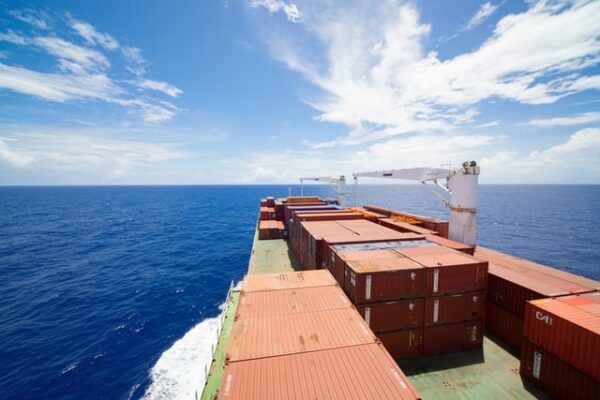The growing intensity of cargo transportation from China to Canada, as well as the need to withstand climate change, necessitate reducing greenhouse gas emissions and minimizing damage to the environment. Various stakeholders involved in the process of air or sea freight from China to Canada are looking for the most potent sustainable practices for the delivery of large quantities of goods. And some of them are already demonstrating their effectiveness today.
Decarbonization Measures in the Shipping Industry
Environmental sustainability is one of the main concerns for many industries, national governments, and international organizations. They understand that the total costs of environmental pollution far outweigh the expenses on measures to prevent such a situation. Therefore, intensive research and testing of new methods do not stop for a day. The transportation industry may benefit both from its own practices and from recipes tested in other industries. In particular, Air and Ocean freight services resort to the following environmental sustainability initiatives:
- Active research into the environmental impact of various types of ships, fuels, etc.;
- Development of sustainability technologies such as on-board sensors and automated emission calculators;
- Use of alternative fuels;
- Biofouling management;
- Eco-friendly packaging, etc.
Legislative Regulation of CO₂ Emissions
Carbon emissions reduction is not only encouraged but also controlled by the governments of different countries. In particular, two important indicators came into force in Canada recently:
- Energy Efficiency Design Index (EEDI) — in force since April 2022;
- Energy Efficiency Existing Ship Index (EEXI) — in force since January 2023.
Regular reports and extensive documentation sent to regulators are becoming an essential mechanism by which the shipping industry is encouraged to comply with environmentally friendly practices.
The best solutions for decarbonization and environmental sustainability are being standardized and become accepted practice everywhere. Thanks to the work of regulators and the active position of civil society, they are being implemented very quickly. This gives hope that all measures to protect the environment planned for 2050 will be implemented.
